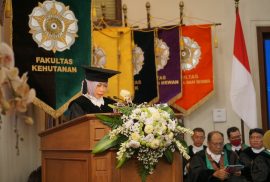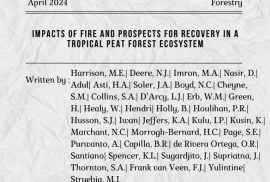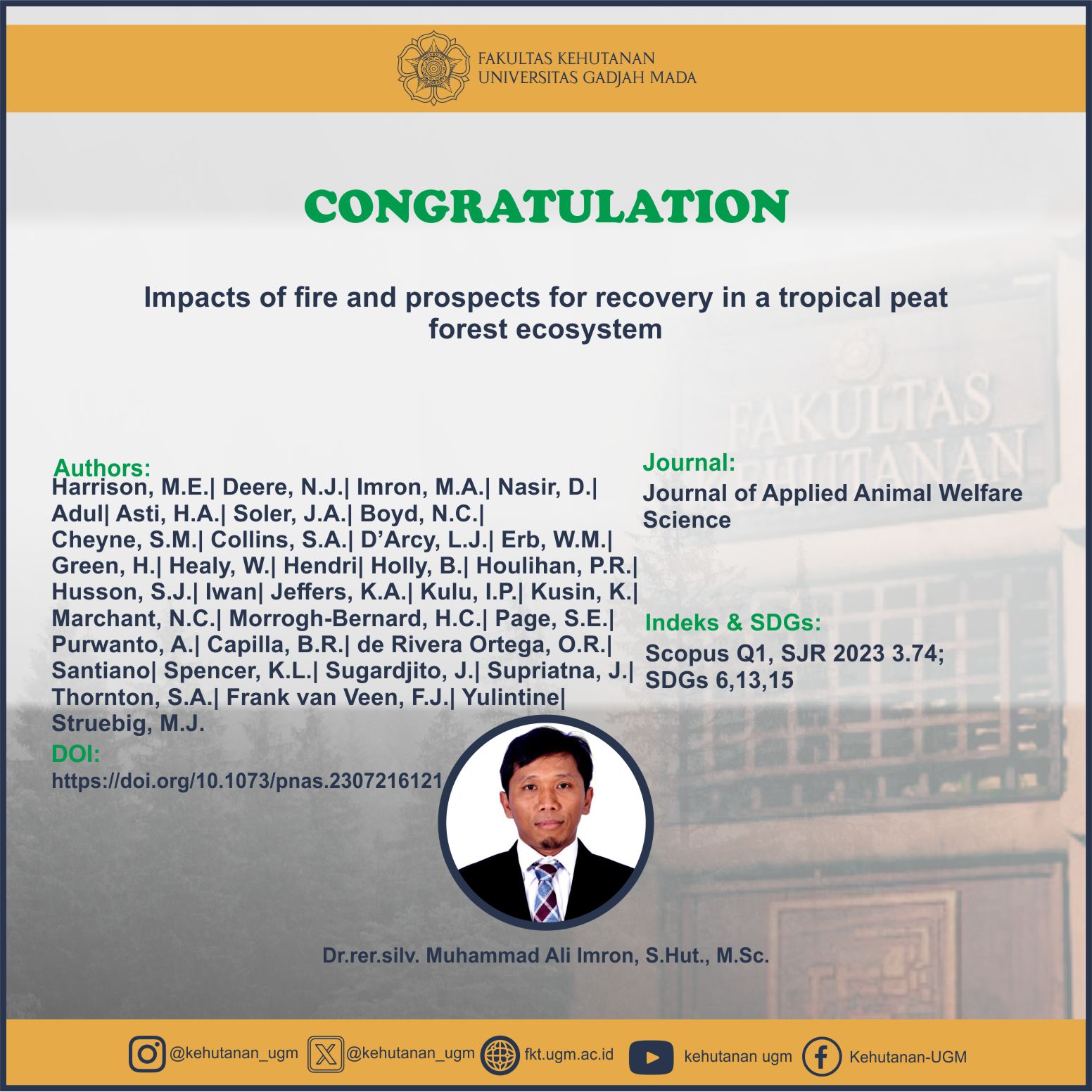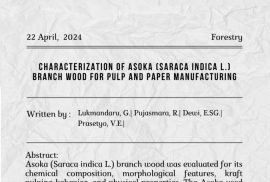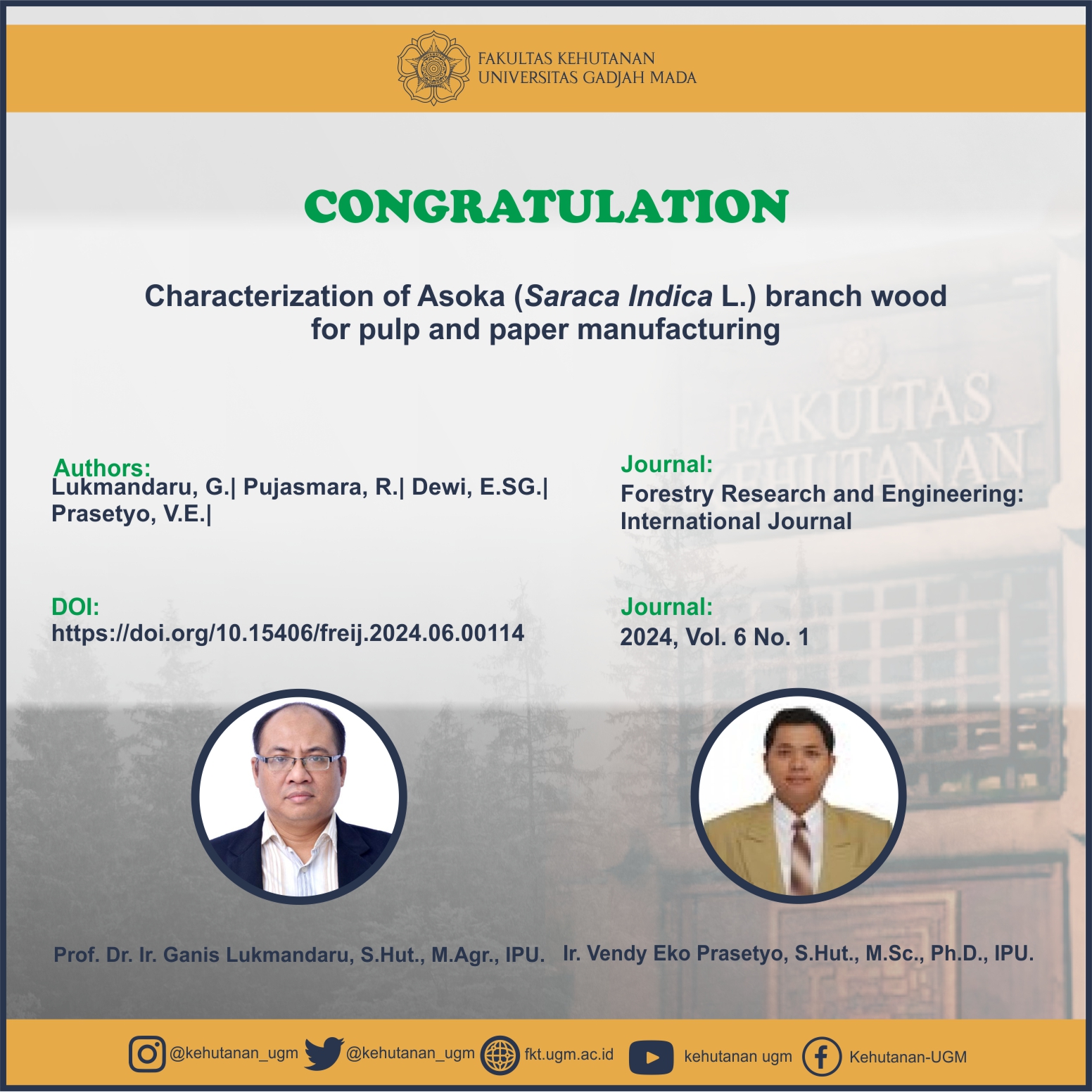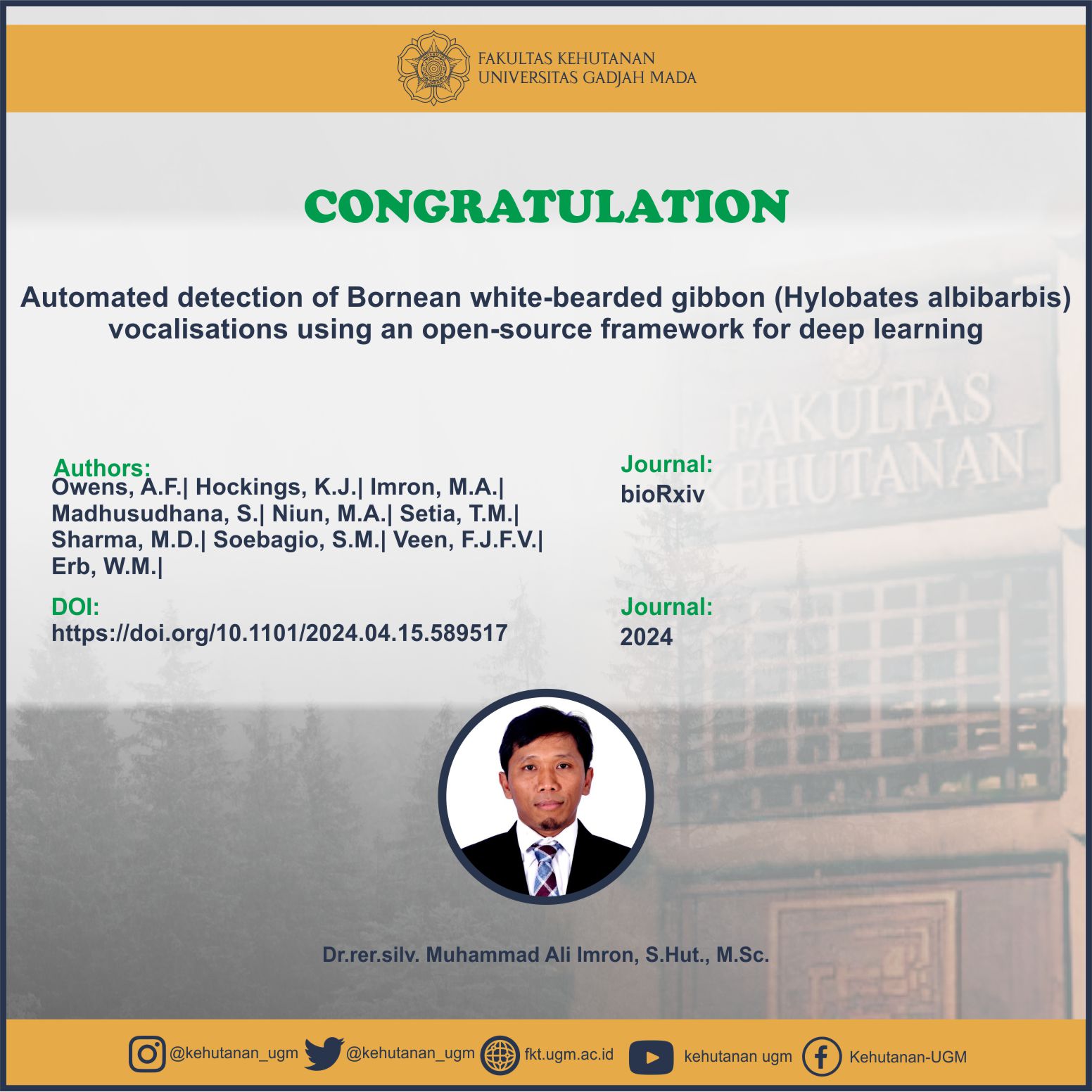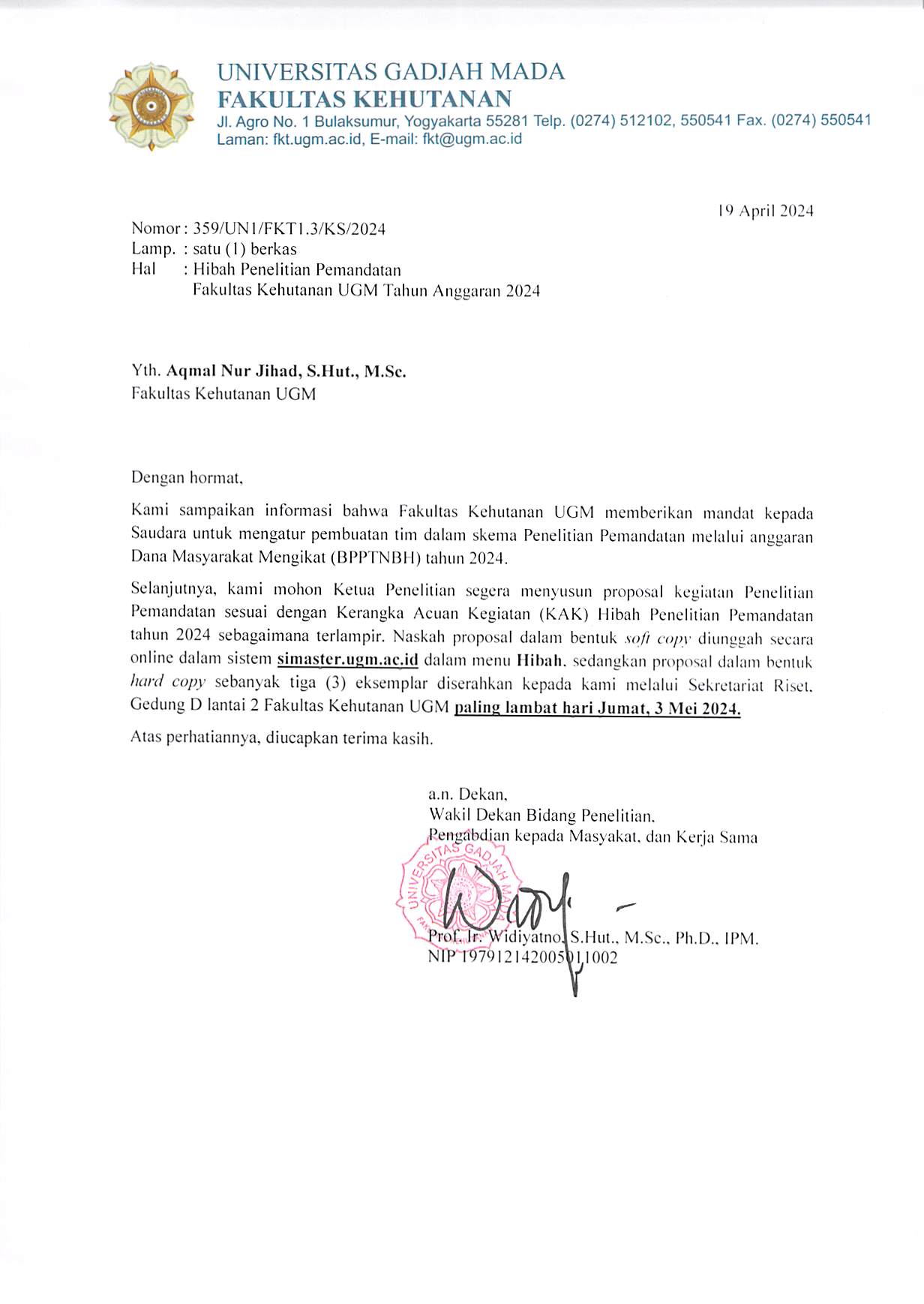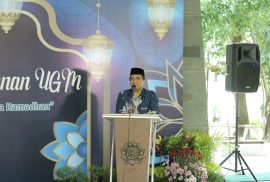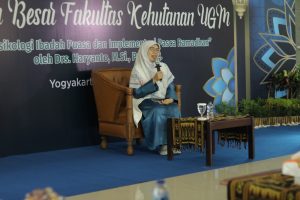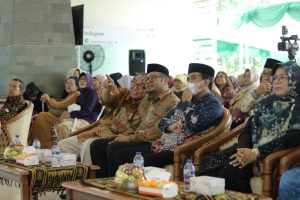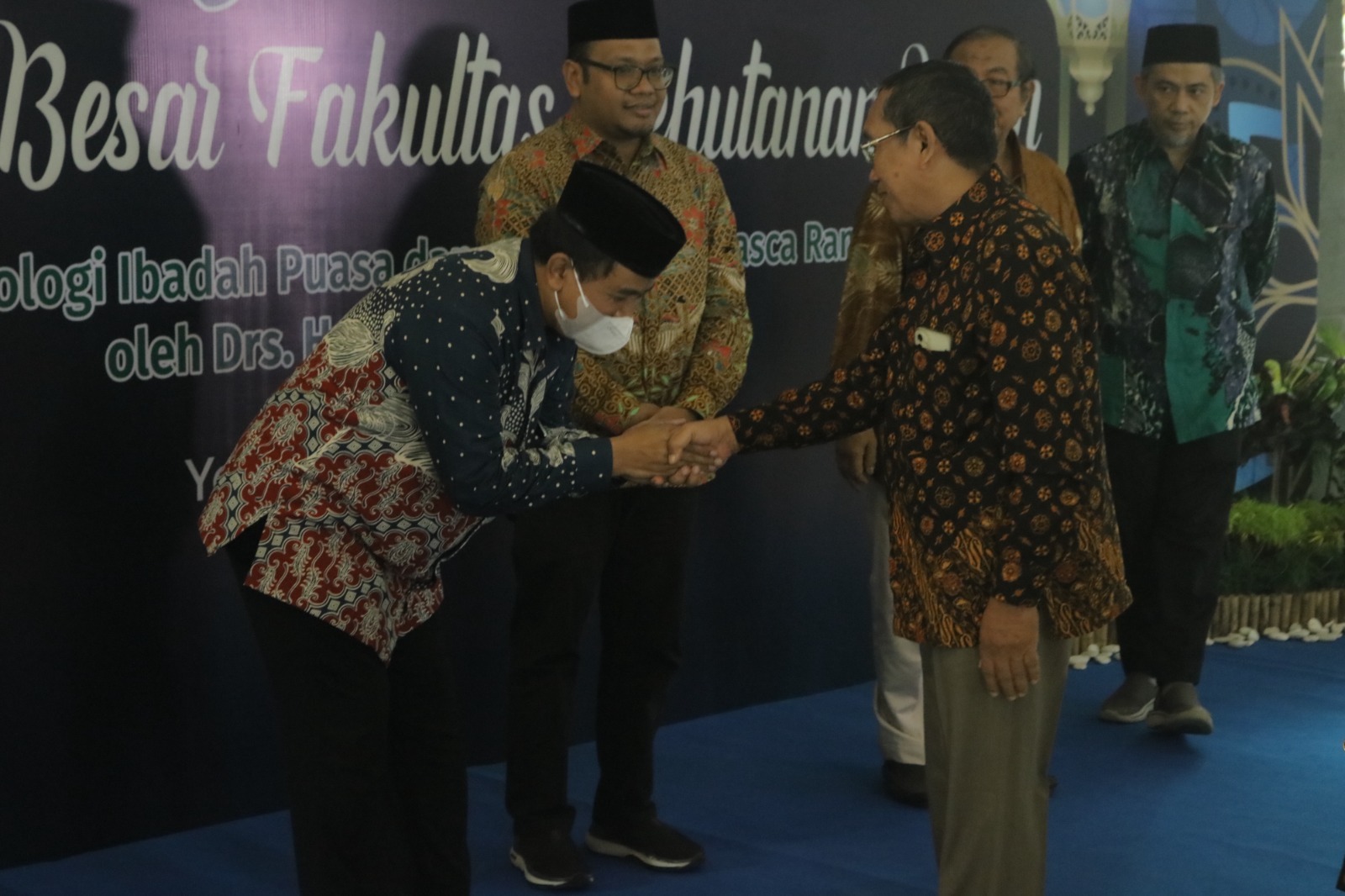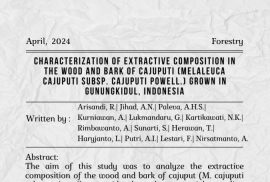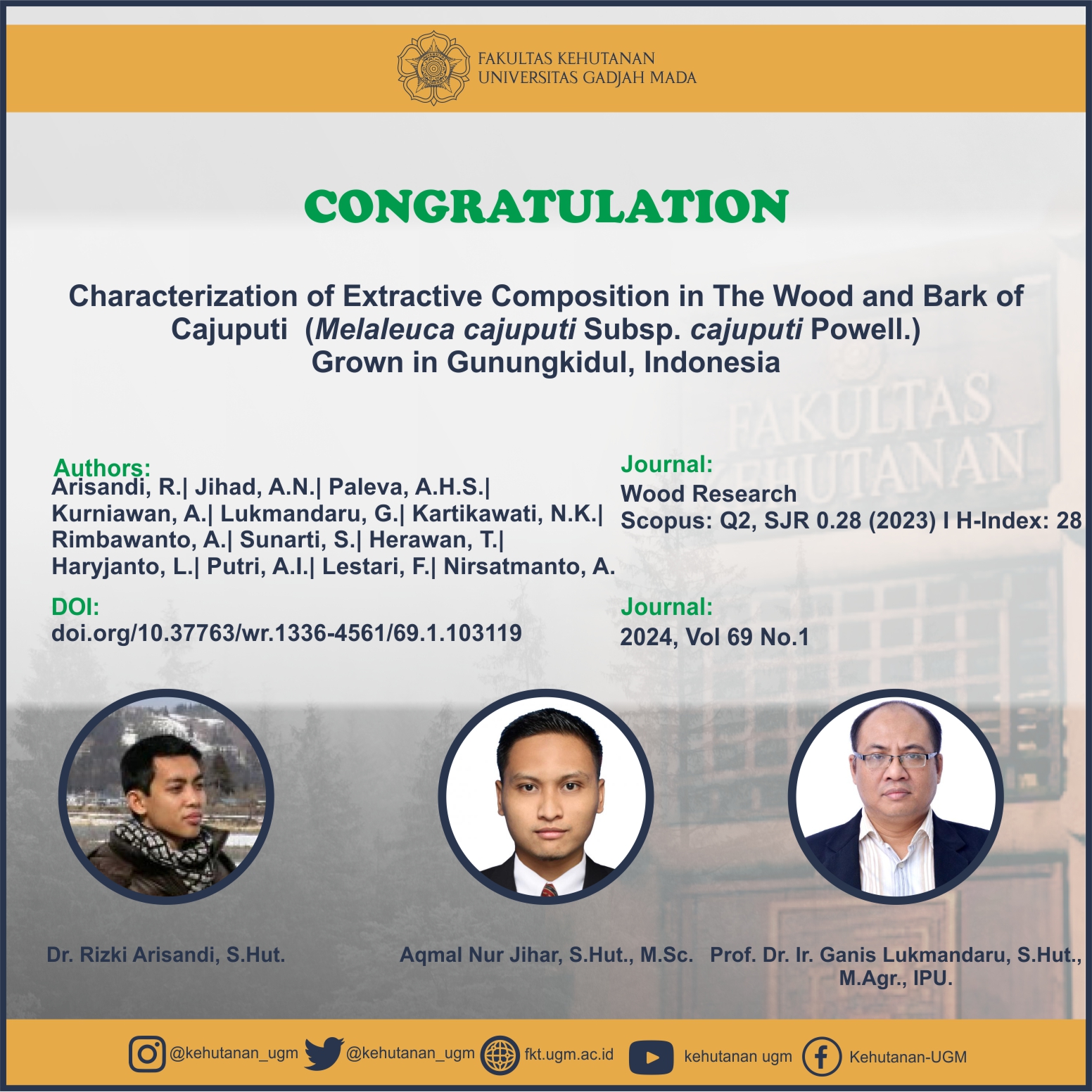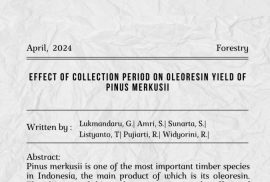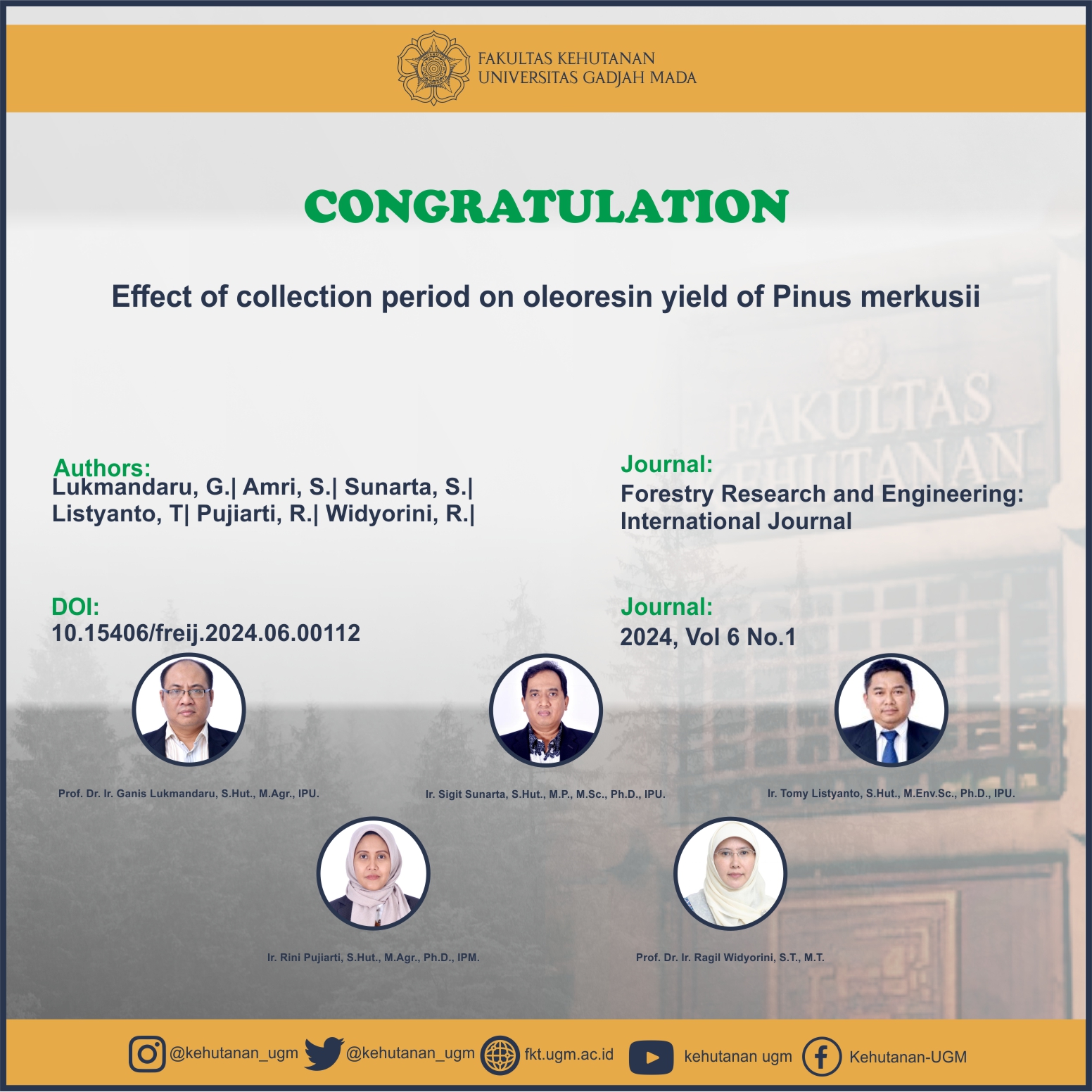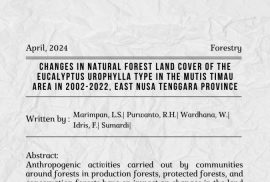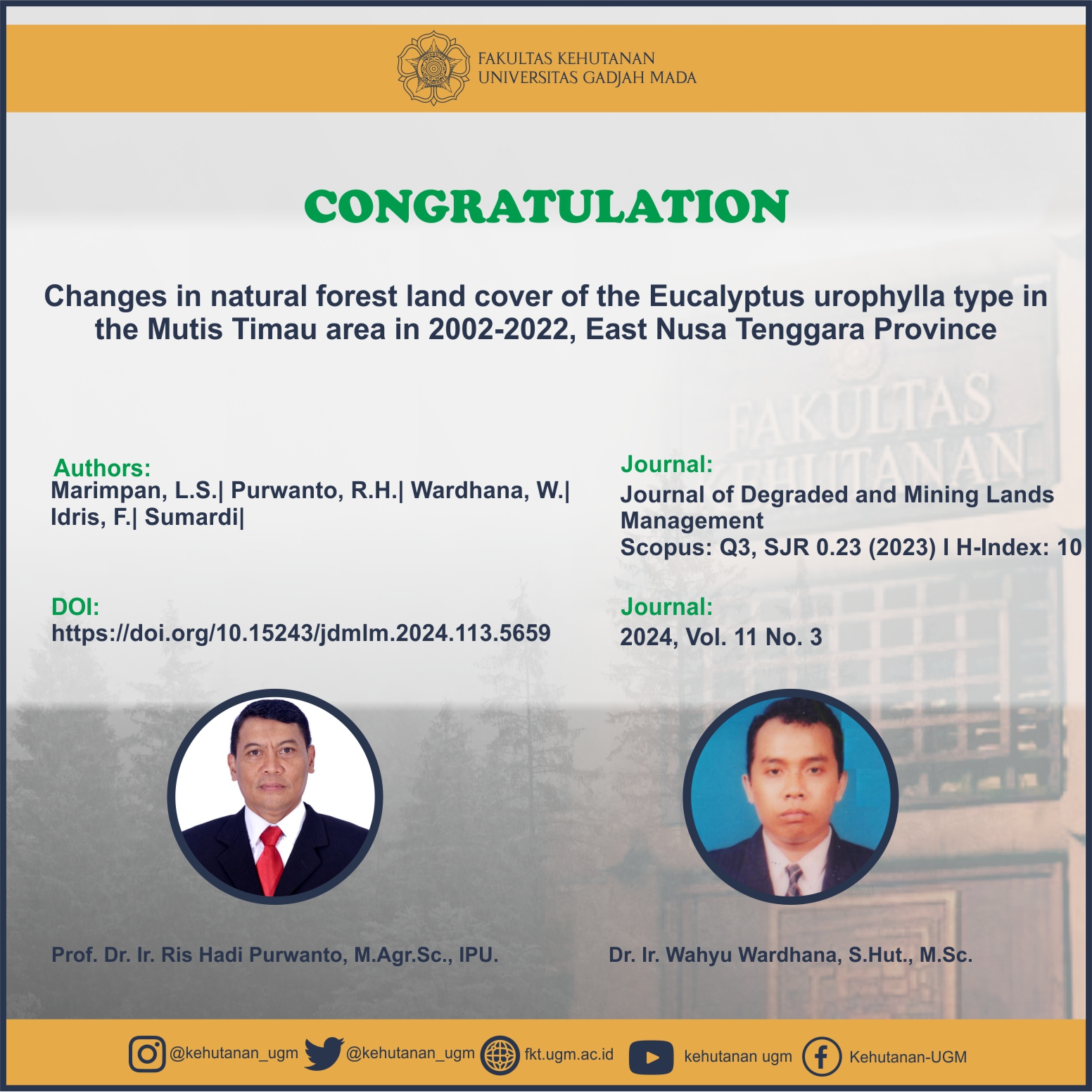Meningkatnya akumulasi dan distribusi patogen, dipadukan dengan kondisi kelembapan dan suhu yang meningkat akibat perubahan iklim, dikhawatirkan akan mempercepat laju infeksi pada tanaman hutan. Hal ini dapat berakibat fatal bagi ekosistem hutan secara keseluruhan.
Meskipun beberapa patogen populasinya menurun karena kondisi inang yang justru menjadi kuat oleh pemanasan global. Peran patogen sebagai agen pengganggu tanaman hutan akan meningkat dan memberikan dampak buruk pada ekosistem hutan. Akibatnya perannya sebagai agen pengganggu tanaman hutan akan meningkat Terdapat ratusan patogen, baik asli maupun pendatang, yang berinteraksi dengan ekosistem hutan tanaman.
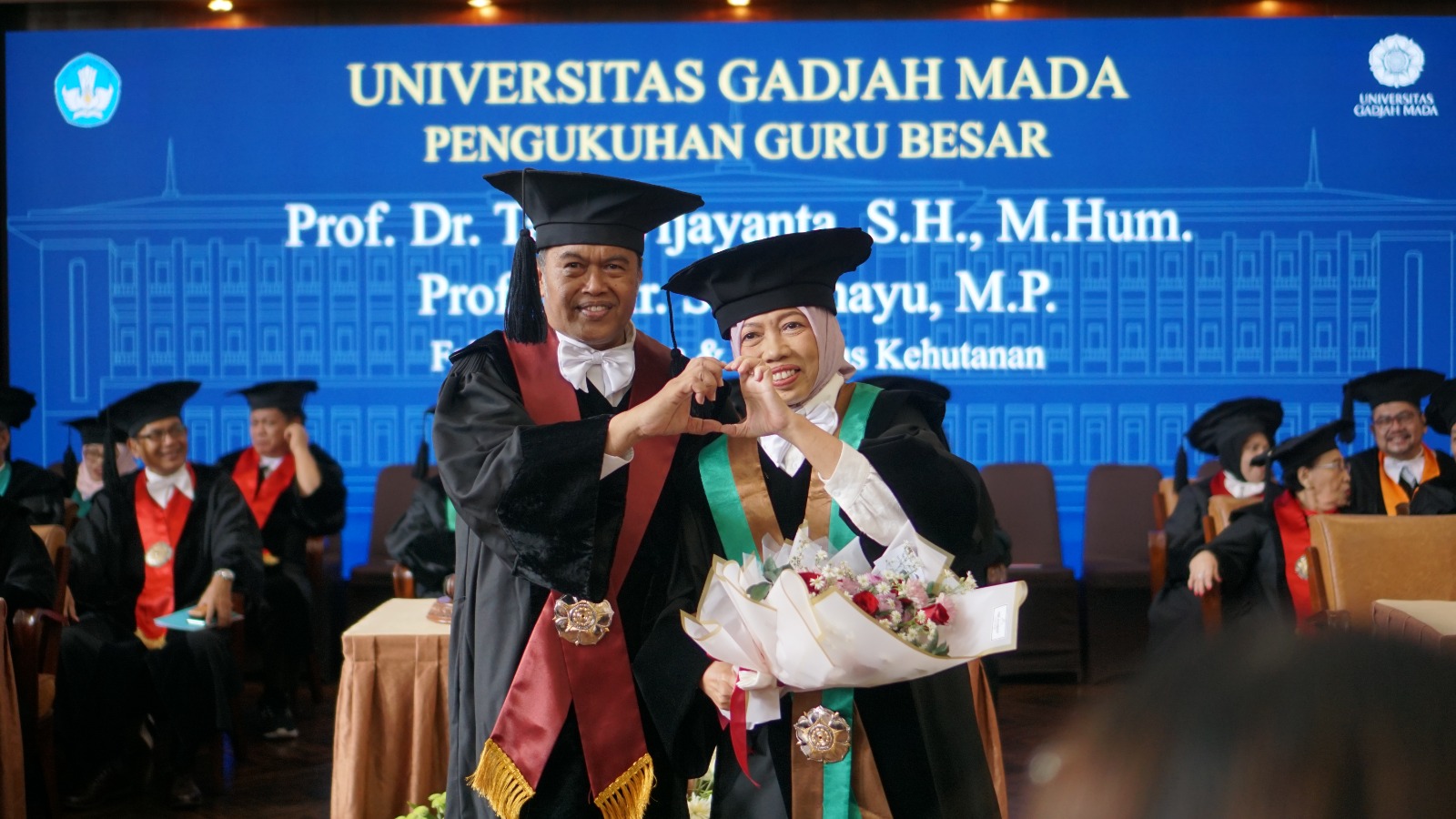
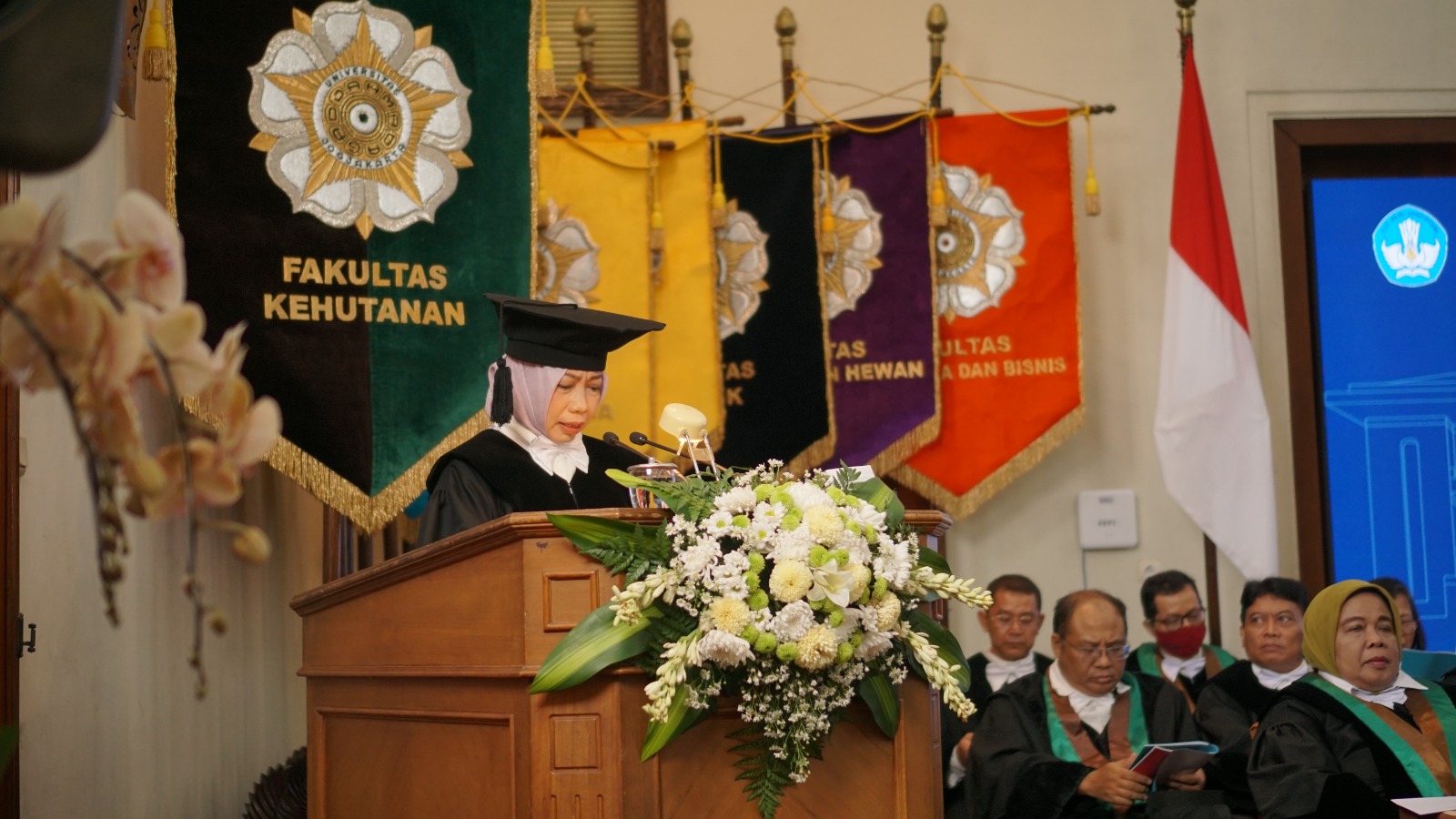
Dengan mempertimbangkan bahwa perubahan iklim global akan terus terjadi termasuk juga di Indonesia serta perbedaan tingkat pengetahuan tentang fisiologi, siklus hidup, dan iklim yang mendukung perkembangan patogen, merupakan tantangan bagi ahli penyakit hutan, Hal tersebut akan meningkatkan risiko terjadinya outbreak penyakit hutan di Indonesia. Permasalahan outbreak penyakit hutan sangat kompleks dan perlu ditangani secara bersama- sama dengan melibatkan berbagai pihak terkait. Untuk itu di Indonesia, perlu diusulkan dibentuk “Tim Mitigasi Kesehatan Hutan IndonesiaTanaman” yang memiliki peran pengawasan yang efektif dan memiliki protokol pendeteksian serta alat yang memadai untuk memudahkan dilakukannya tindakan cepat dan tepat dalam menghadapi perubahan atau peningkatan dampak gangguan hutan. Hal tersebut disampaikan oleh Prof. Dr. Ir. Sri Rahayu, S.Hut., M.P., dalam pidato pengukuhan Guru Besarnya yang berjudul “Produktivitas dan Kelestarian Hutan Tanaman: Peran Patologi Hutan di Tengah Perubahan Iklim Global” pada hari Selasa (23/4) di Balai Senat Universitas Gadjah Mada.

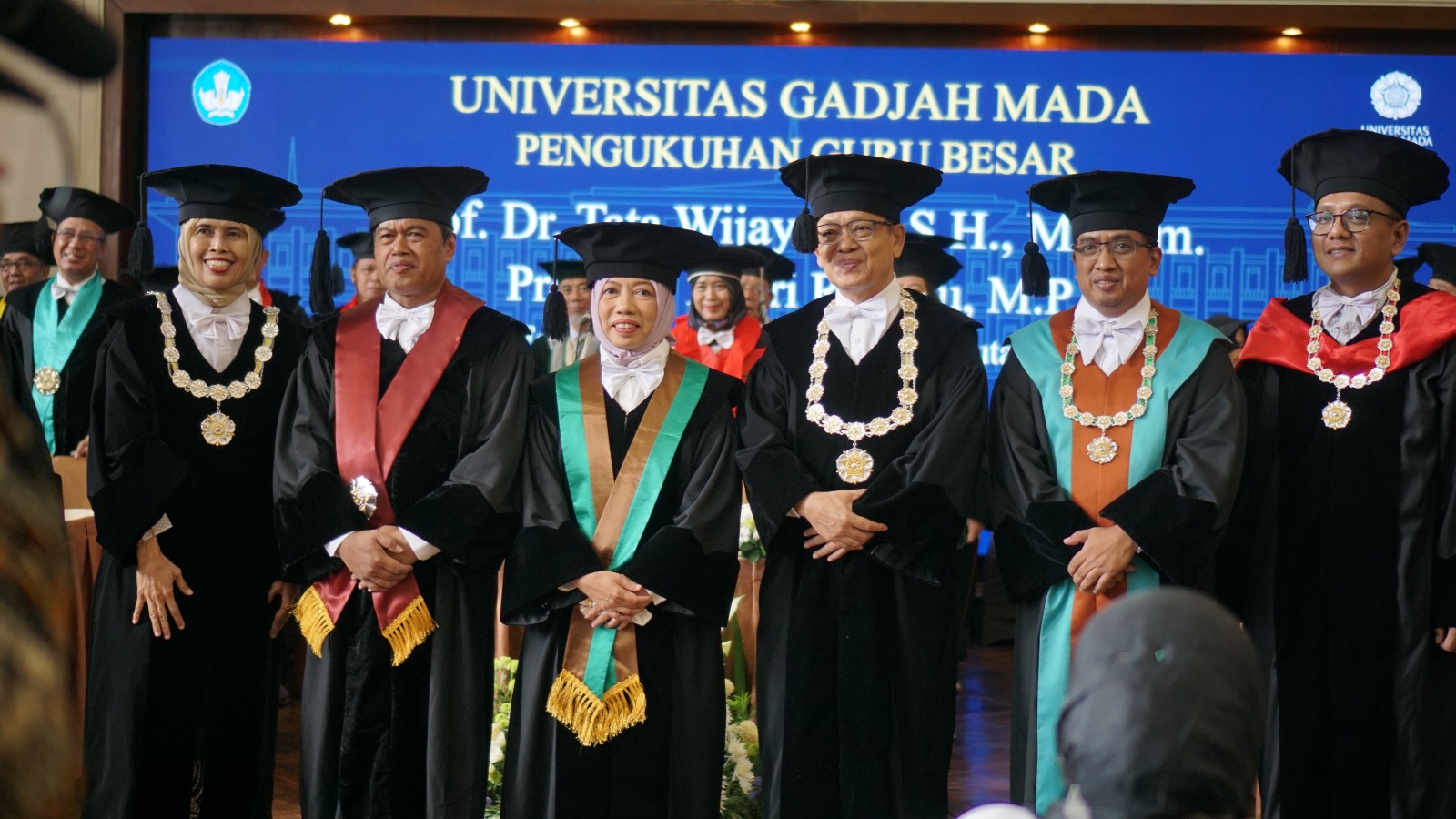
Dalam pidatonya, Prof. Sri Rahayu juga menyampaikan dalam rangka untuk menjaga stabilitas dan ketahanan hutan tanaman, termasuk di dalamnya adalah HTI, maka antisipasi dan mitigasi yang dapat dilakukan dalam rangka mengadaptasi perubahan iklim adalah,
- Monitoring untuk membantu deteksi dini penyakit pohon, sehingga akan dapat berpotensi meningkatkan keberhasilan pengelolaan penyakit. Oleh karena itu, diperlukan pengawasan hutan yang berkelanjutan untuk mengetahui masalah kesehatan pohon yang ada;
- Peramalan Skenario perubahan iklim telah digunakan untuk meramalkan risiko beberapa penyakit pohon di masa depan. Namun, ketidakpastian yang ditimbulkan oleh peramalan harus diantisipasi. Peramalan dapat dikembangkan menggunakan model, analisis risiko, dan peringkat risiko. Model ini dapat digunakan untuk memproyeksikan potensi dampak penyakit hutan, memberikan wawasan tentang besaran dan arah perubahan penyakit, membantu memfokuskan kegiatan pemantauan, dan memberikan masukan untuk menejemen dalam melakukan evaluasi dan pengembangan strategi pengelolaan penyakit;
- Pengembangan Sistem Analisis dan Pemeringkatan Risiko Sistem ini dikembangkan melalui evaluasi data yang tersedia dan antisipasi perilaku patogen untuk memperkirakan dampaknya pada lingkungan baru dan untuk menentukan responsnya pada pengelolaan yang akan dilakukan;
- Pengembangan Strategi Perencanaan dan Mitigasi Strategi peningkatan kapasitas ekosistem untuk meningkatkan ketahanan ekologi sangat diperlukan. Penerapan intervensi silvikultur intensif yang tepat untuk meningkatkan kekuatan pohon 12 dan menurunkan dampak patogen berdasarkan skenario iklim yang diprediksi perlu difasilitasi dan dikembangkan. Di samping itu, program pemuliaan perlu dirancang dalam rangka meningkatkan toleransi dan ketahanan tumbuhan terhadap patogen dan stres lingkungan.
Pengukuhan Prof. Sri Rahayu sebagai Guru Besar dalam bidang Patologi Hutan merupakan momen spesial, tidak hanya karena bertepatan dengan ulang tahun beliau ke-59, tetapi juga karena beliau dikukuhkan bersama sang suami, Prof. Dr. Tata Wijayanta, S.H., M.Hum., dari Fakultas Hukum UGM, setelah penantian selama 10 tahun.
Dedikasi dan sumbangsih Prof. Sri Rahayu dalam bidang Patologi Hutan diharapkan dapat memberikan manfaat bagi kelestarian hutan dan ketahanan pangan di Indonesia. (Humas/FKT)

